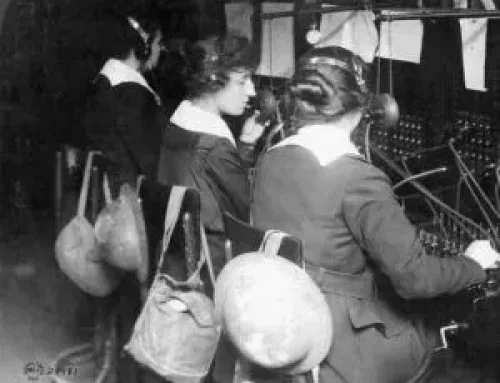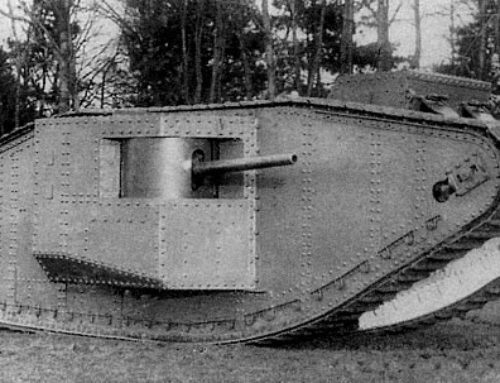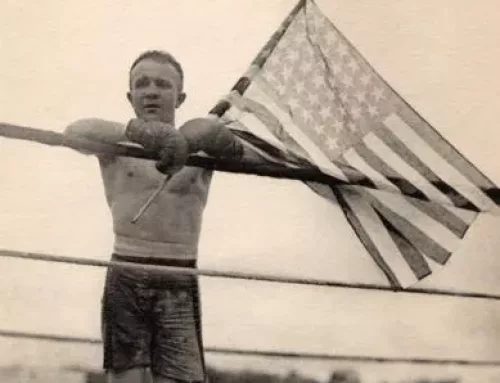The Evolution of the Armored Patch
George S. Patton wanted a shoulder patch for the newly formed Tank Corps after seeing the patch worn by the 82nd Infantry Division. Patton challenged his officers to construct a patch composed of red, yellow and blue that exemplified the Tank Corps which had “the firepower of the artillery (red), the mobility of the cavalry (yellow) and ability to hold ground of the infantry (blue)”. Second Lieutenant Will G. Robinson showed Patton a design composed of a “pyramid of power” divided into the three colors which Patton quickly adopted for the Tank Corps. The patch remained a symbol of the AEF Tank Corps until it was abolished in the National Defense act of 1920.
In 1933, the 7th Cavalry Brigade (mechanized) was organized to design and develop an armored force. A contest was held to design a unit patch. The winning design, by Private Linthwaite (later Colonel) was a yellow circular patch with a black tank track with a drive and idler sprockets symbolizing mobility and a black cannon barrel to symbolize firepower. Extending across the total design, was a red lightning bolt symbolizing the striking power of the new armored force.
Finally, in 1940, Major General Edna Chaffee was made head of the newly created Armor Forces. General Chaffee wanted a patch for the new armored force so he combined the 7th Brigade patch with the tri color triangle insignia from World War I.




